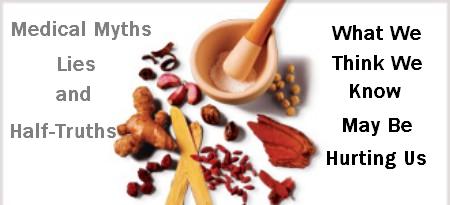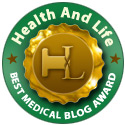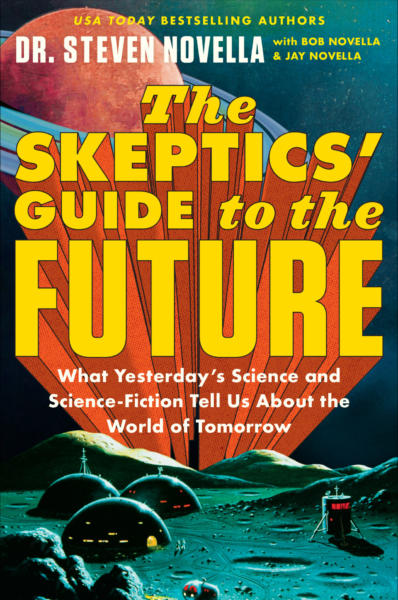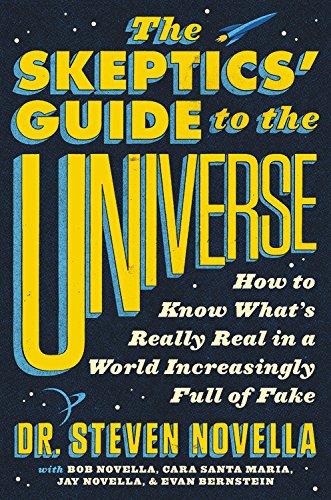Sep 11 2020
COVID Vaccine News
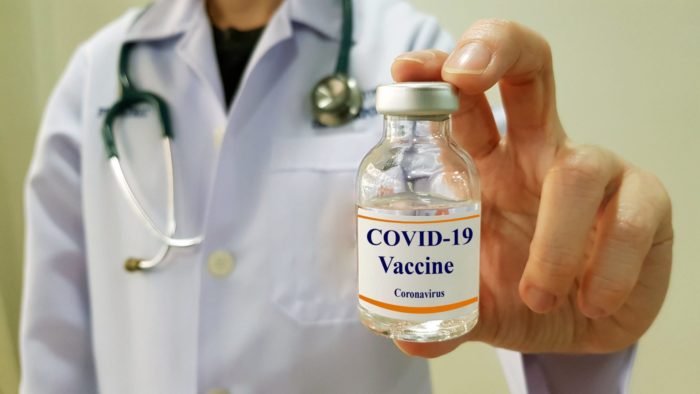 By now most people have heard that AstraZeneca, a UK pharmaceutical, working with Oxford University, are one of the major companies developing a vaccine for SARS-CoV-2, and also that they have had to pause their Phase 3 clinical trial because a subject came down with an inflammatory disorder. Let’s put this into some important context.
By now most people have heard that AstraZeneca, a UK pharmaceutical, working with Oxford University, are one of the major companies developing a vaccine for SARS-CoV-2, and also that they have had to pause their Phase 3 clinical trial because a subject came down with an inflammatory disorder. Let’s put this into some important context.
The basic facts are that the AstraZeneca vaccine did very well in Phase 1 and 2 preliminary trials. These are smaller trials mostly about safety, with the Phase 2 trial including some preliminary (usually open label) efficacy data. These trials are basically used to determine if it is safe and worth it to proceed to a huge Phase 3 trial. The Phase 3 trial includes 30,000 subjects. When you increase the number of subjects by orders of magnitude then you are likely to pick up increasingly rare side effects. That is one of the main points of this staged approach to research. Then, of course, a drug or vaccine might be marketed to millions of people, and still more rare side effects will crop up. There is simply no way to avoid this – it’s math. That is why so-called Phase 4 trials follow reported side effects after market.
But also, when you are studying 30,000 subjects all the things that normally happen to people will happen at the background frequency. Some of them will get sick during the trial by chance alone, having nothing to do with the study drug or vaccine. So every potential adverse effect is tracked, determined if it is biologically likely that it is related to the experimental treatment, and then statistically analyzed to see if it is above the background rate.
In this case one subject developed transverse myelitis, which is inflammation in one segment of the spinal cord. This will cause weakness and numbness at that level and below, therefore usually affecting the legs. The background incidence of transverse myelitis is about 1.3-4.6 cases per million people per year (this does not include people known to have an autoimmune disease like MS that causes transverse myelitis). If we take 4 cases per million per year, that translates to 0.033 cases per 33,000 subjects over three months. That is the probability that one of the subjects in that trial would have randomly developed transverse myelitis. That may seem really unlikely, but actually you have to consider the probability of a subject developing any disease, not just transverse myelitis. When you add it all up it’s actually pretty likely that one or several people in the trial would randomly develop a disease not related to the vaccine. In fact, this is the second person in this particular trial to develop a serious potential adverse event resulting in a pause of the trial.

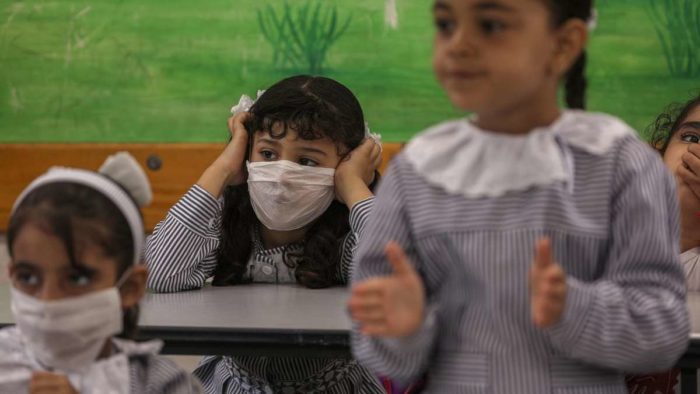 This is the big question facing many countries, but especially the US – how do we reopen schools while still in the middle of a pandemic? This is a serious dilemma. The American Academy of Pediatrics
This is the big question facing many countries, but especially the US – how do we reopen schools while still in the middle of a pandemic? This is a serious dilemma. The American Academy of Pediatrics 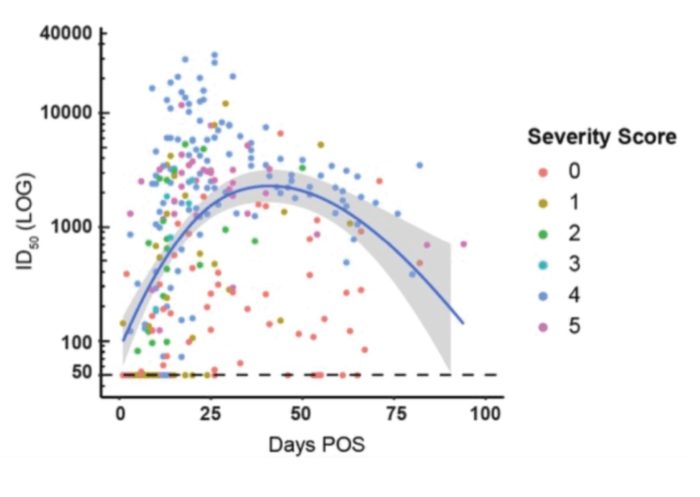 One of the challenges of dealing with the COVID-19 pandemic, both on an individual patient level and public health level, is that this is a novel virus. We don’t yet have a lot of experience with it or clinical data about how it behaves, what it is capable of doing, and how the immune system deals with it. We are learning fast, but there is still much we don’t know, especially, of course, about long term effects.
One of the challenges of dealing with the COVID-19 pandemic, both on an individual patient level and public health level, is that this is a novel virus. We don’t yet have a lot of experience with it or clinical data about how it behaves, what it is capable of doing, and how the immune system deals with it. We are learning fast, but there is still much we don’t know, especially, of course, about long term effects.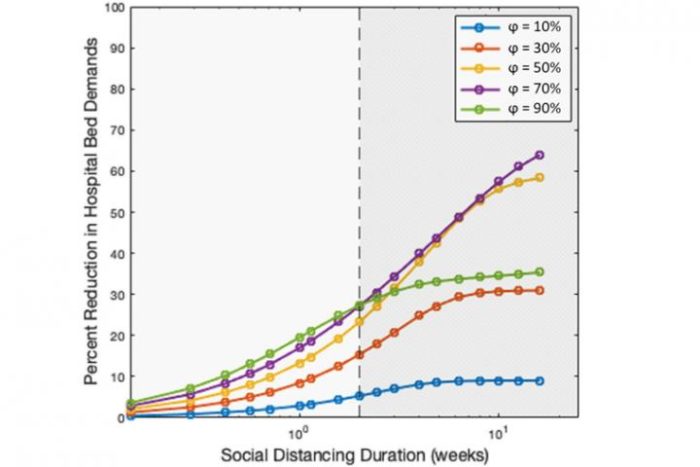 As the pandemic goes into its 5th month in the US it’s important that we do not suffer from pandemic fatigue.
As the pandemic goes into its 5th month in the US it’s important that we do not suffer from pandemic fatigue. 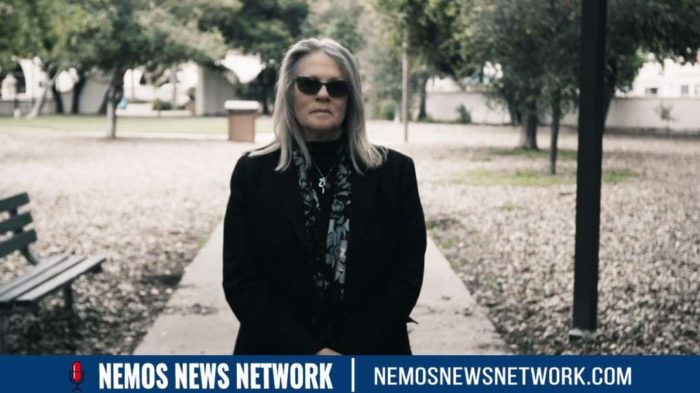
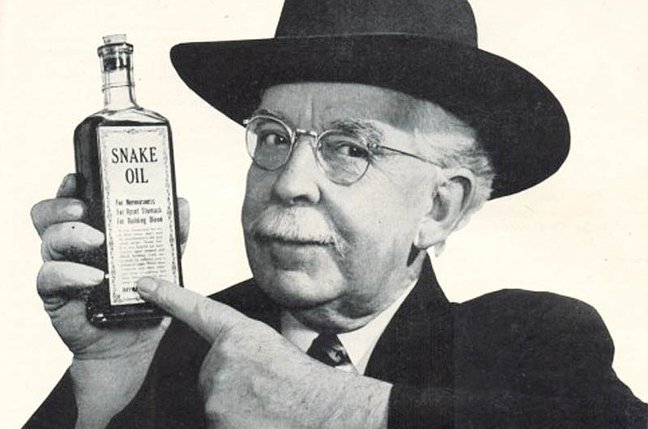 Perhaps the most persistent and annoying question promoters of science-based medicine get is, “What’s the harm?” The implication is we should just let people use their Reiki or magic potions if it makes them feel like they are doing something, as long as the treatment is not directly physically harmful. As you can see,
Perhaps the most persistent and annoying question promoters of science-based medicine get is, “What’s the harm?” The implication is we should just let people use their Reiki or magic potions if it makes them feel like they are doing something, as long as the treatment is not directly physically harmful. As you can see, 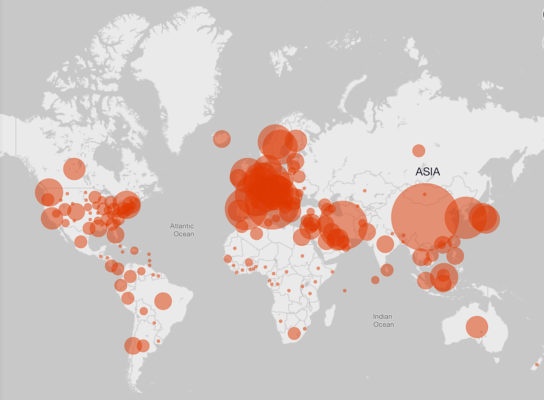 The short answer to the question – how do you boost your immune system – is that you can’t. The very concept of “boosting” the immune system is not scientific and does not exist within mainstream medicine. That’s because it is based on a fundamental misunderstanding of immunity, and of biological systems. Having said that there are legitimate things you can do to optimize immune function, which all are simply ways of avoiding things that inhibit immune function. But first let’s cover some basic principles.
The short answer to the question – how do you boost your immune system – is that you can’t. The very concept of “boosting” the immune system is not scientific and does not exist within mainstream medicine. That’s because it is based on a fundamental misunderstanding of immunity, and of biological systems. Having said that there are legitimate things you can do to optimize immune function, which all are simply ways of avoiding things that inhibit immune function. But first let’s cover some basic principles.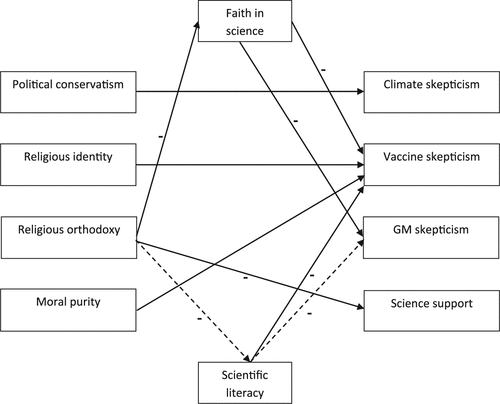 “There is a cult of ignorance in the United States, and there has always been. The strain of anti-intellectualism has been a constant thread winding its way through our political and cultural life, nurtured by the false notion that democracy means that ‘my ignorance is just as good as your knowledge.”
“There is a cult of ignorance in the United States, and there has always been. The strain of anti-intellectualism has been a constant thread winding its way through our political and cultural life, nurtured by the false notion that democracy means that ‘my ignorance is just as good as your knowledge.”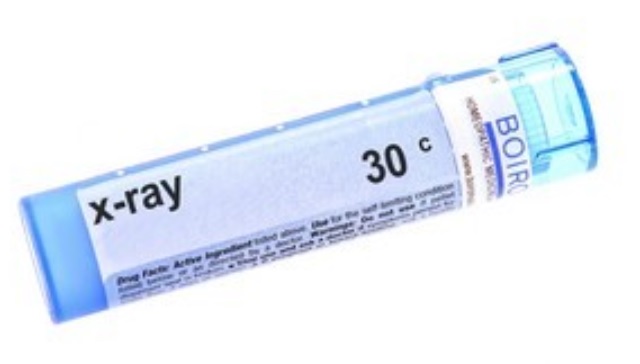 Homeopathy
Homeopathy  This is going to be a long struggle, perhaps endless. Antivaxxers have been around since there have been vaccines, for over two hundred years, so there is no reason to expect they are going anywhere. Rather, we need an equally permanent anti-antivaxxer movement (otherwise known as the skeptical movement).
This is going to be a long struggle, perhaps endless. Antivaxxers have been around since there have been vaccines, for over two hundred years, so there is no reason to expect they are going anywhere. Rather, we need an equally permanent anti-antivaxxer movement (otherwise known as the skeptical movement).